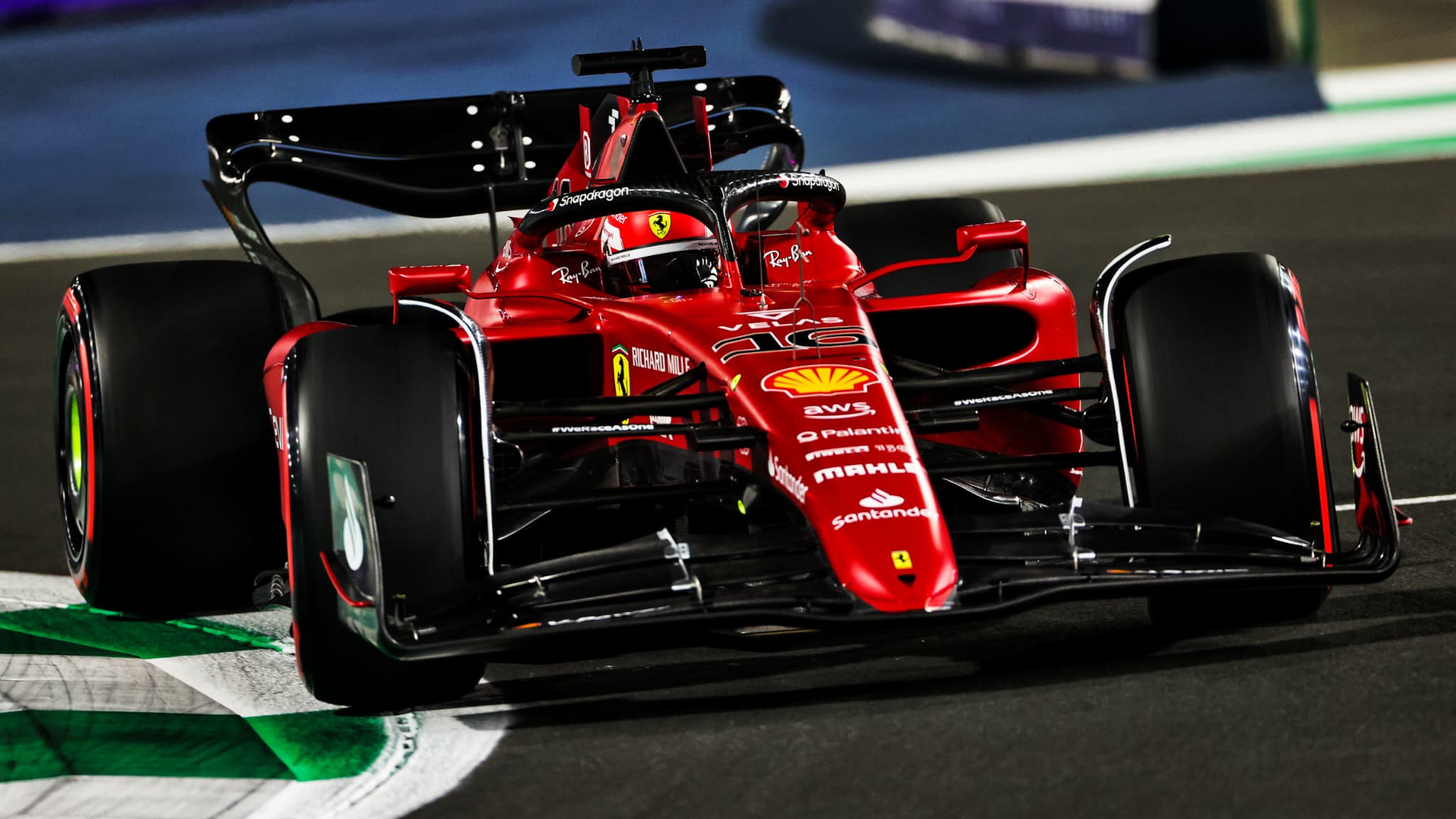The Redmi Note 11 Pro 5G has a triple photo sensor on the rear, consisting of a 108 megapixel wide-angle lens, whose lens opens at f/1.9, an 8 megapixel ultra-wide-angle lens (f/2.2) and a macro module (f/2.4). .
A similar configuration… as the Poco X4 Pro 5G! But at this price, it comes down to rubbing against the sensors of the Realme 9 Pro+a particularly powerful device for this exercise.
Main module: 108 megapixels, f/1.9, eq. 26mm
The main module uses the technology of the pixel binding which makes it possible to merge the pixels (here nine in one) to capture more light as it runs out. We therefore benefit from 12 megapixel recordings as standard.


During the day, the rendering of the Redmi Note 11 Pro 5G is quite convincing, even if it all seems a bit cold. The shot of the Realme 9 Pro+ offers more detail, sharpness and better controlled contrast. This is easy to see on the faces, even if the general colorimetry is conversely too saturated. In the photo of the Note 11 Pro we also see that the level of detail at the periphery drops considerably (not visible here), which is much less the case on the Realme.


At night, the canyon widens. The scene remains legible, but digital noise appears on the Redmi. We recover less detail, as the algorithm tries to compensate for this with digital smoothing and by accentuating the contrast. It is of course to be exploited, even if, here too, the level in the periphery drops. The shot from the Realme 9 Pro+ appears sharper and more natural, and offers better sharpness (see the patterns).
108 megapixel mode
It is always possible to opt for the 108 megapixel mode. We isolated an area of identical size (0.90 megapixels) on each of the shots to compare the two definitions.




Whatever the situation, the gain in detail really isn’t significant. This can be used to easily resize certain images if necessary. However, this can quickly take up storage space.
Ultra wide-angle module: 8 megapixels, f/2.2, 118°


Under good conditions, this module produces a mediocre result. The set really lacks sharpness and the level of detail has clearly dropped. On this module, the Realme 9 Pro+ does not have the same ambitions. The whole is better exposed and the contrast makes it possible to find more information. But in the end, it’s far from impressive. In defense of the two devices, this is still the case in this price segment.


In the dark, the display deteriorates sharply. Neither smartphone manages to offer anything useful, even if the Realme shot is slightly more readable.
Front and video module
The Redmi Note 11 Pro 5G houses a 16 megapixel (f/2.4) front module. This will allow you to take good selfies during the day (when you’re not moving), but the exercise gets more complex when the light is missing. The level of detail is decent, but again, the sensor sometimes struggles to manage high exposures.
Since the Snapdragon 695 didn’t offer a torrent of power, Xiaomi limited the video to Full HD and 720p at 30 frames per second. A regression from the previous version, which made it possible to shoot in 4K at 30 fps. The rendering is certainly good, but the highlights can still be an issue. We expected a little better at this point.




